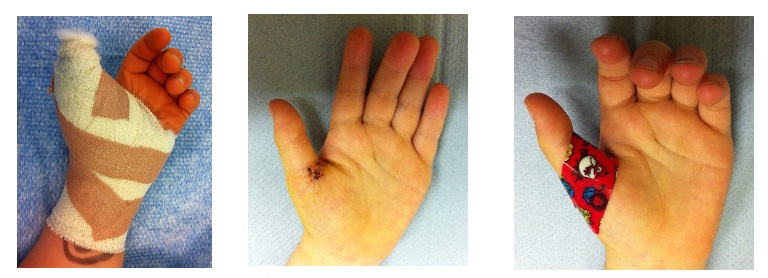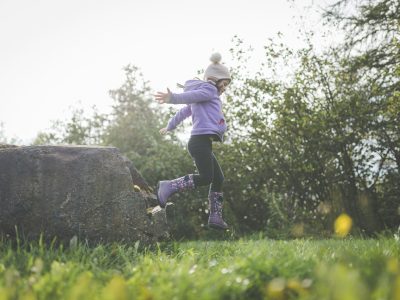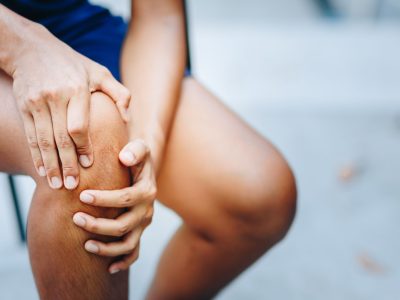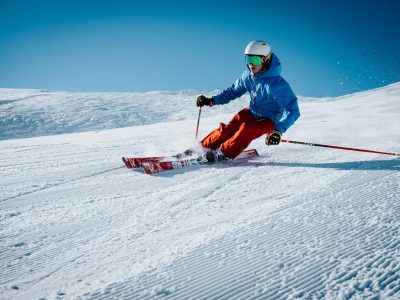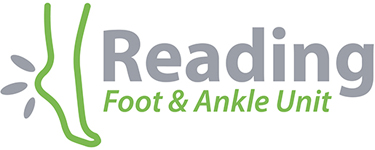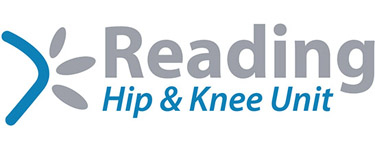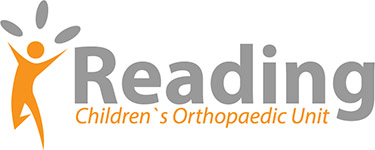Trigger Thumb
General Information for Families – Trigger Thumb
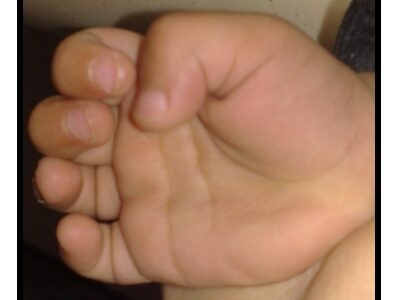
What is trigger thumb?
Trigger Thumb is a condition seen in young children where the thumb gets stuck in a bent position (flexed). See picture. This occurs because the tendon that bends the thumb gets stuck within the tunnel where it usually glides freely. If you feel carefully at the base of the thumb you can feel the stuck tendon as a small lump the size of a pea. Usually the thumb can be straightened to start with but can become fixed. It occurs in both thumbs in about 30% of patients.
What is the cause?
The cause is unknown, but after screening thousands of newborn babies, it is known not to be present at birth but appears in the first 2 years of life.
What is the natural history?
In infants younger than 9 months old, trigger thumb will resolve by itself in about 30% (1/3) of cases. In thumbs that do not resolve and stay flexed, the joint can get very stiff and stuck, causing functional problems later in life.
What is the treatment?
Initially the thumb is observed for a few months to see if the triggering resolves by itself. If after 3 months the thumb is still triggering or stuck down, then surgery is the next step.
What is involved with the operation?
The operation is straightforward and is done as a day case, under a general anaesthetic. (Please also watch this YouTube video to help you prepare) It involves releasing the tight band to allow the tendon to move freely. It is performed through a small incision over the bump, at the base of the thumb. Dissolvable stitches are used followed by a non-sticky dressing with a crepe bandage that stays on for 2 weeks. (See Pictures Below)
What is the prognosis ?
Surgery is low risk and straight forward with a high success rate. There is no known association with trigger thumb as a child and other problems in later life.
What is the aftercare ?
Keeping your child quiet for the first day or so with the arm resting up on a cushion will help to reduce swelling and aid healing. It is always advised to keep the bandage on and keep it dry whilst washing. The child would be able to go to nursery or school after a few days. In the follow up appointment the bandage is reduced and swapped for a normal sticking plaster for a further week. (See pictures below) Children bounce back to normal very quickly after the surgery.
What are the success rates and risks ?
The surgery has an extremely high success rate with an exceedingly rare chance of recurrence. The risks of surgery are also small. These include the general surgical risks of infection, ugly scar, and numbness around the scar. The specific risks of this operation include recurrence of triggering, tendon damage and need for further surgery. These risks will be discussed in detail with you before surgery goes ahead.
